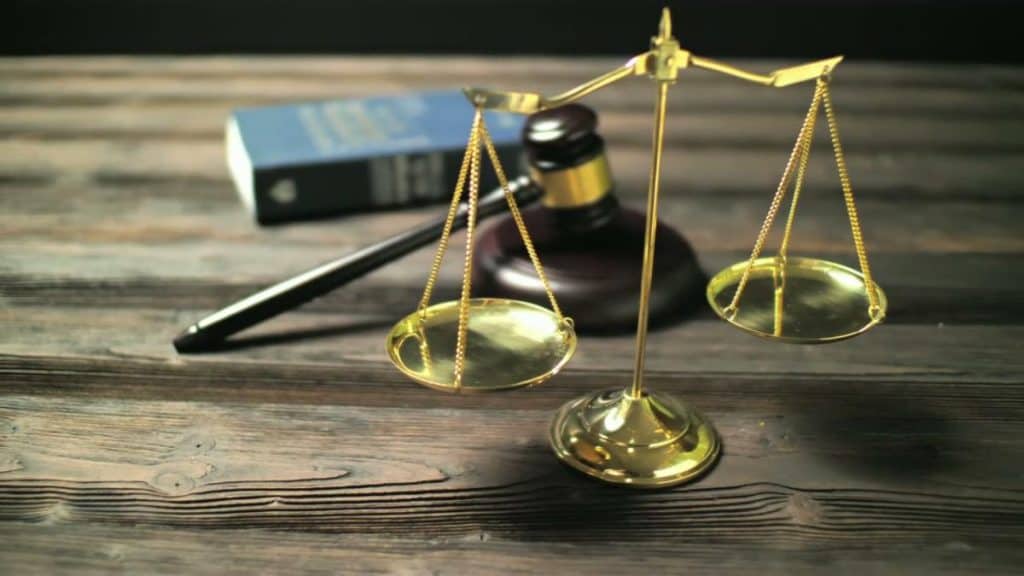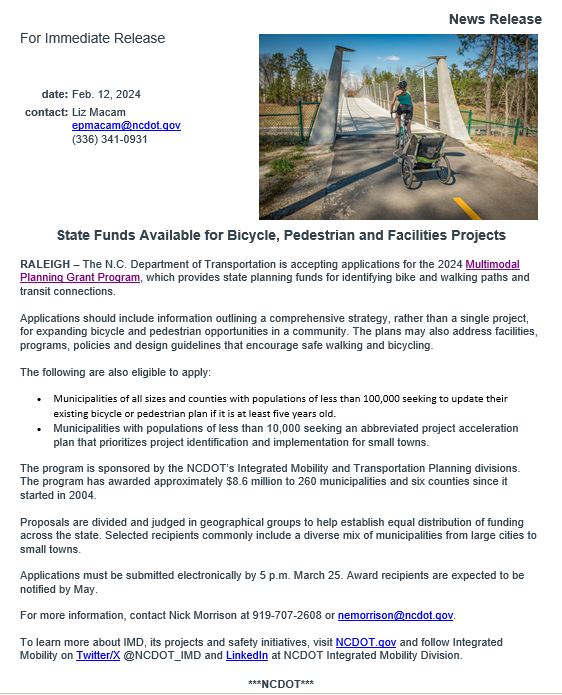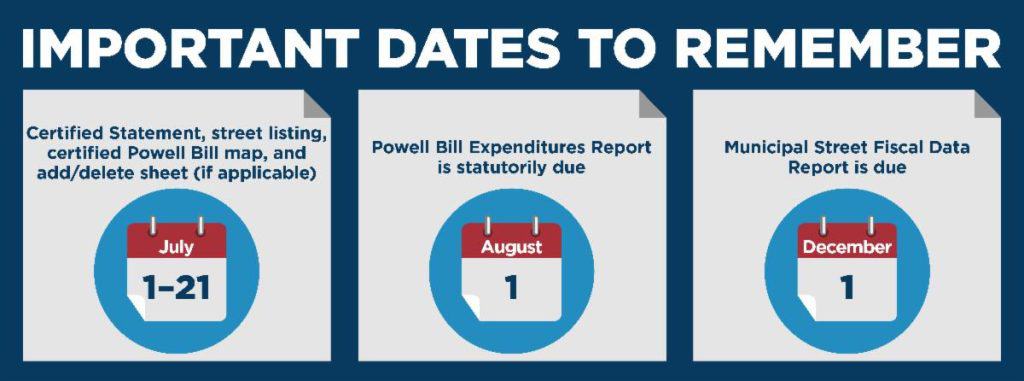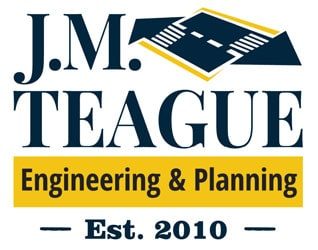
What are Quasi-Judicial Hearings?
Quasi-judicial hearings are legal proceedings that share similarities with traditional judicial hearings but are not entirely judicial in nature. The term “quasi” means “almost” or “resembling,” indicating that these hearings resemble judicial processes but are distinct. These hearings typically involve administrative bodies or agencies rather than traditional courts.
Occasionally, J.M. Teague Engineering and Planning provides expert witness services in Quasi-Judicial hearings. Our team can become involved in Quasi-Judicial hearings through a Traffic Impact Analysis, or at the request of a Community Group. In this article, we will explore quasi-judicial hearings, how they work, the concept of standing, the role of expert witnesses, and the responsibilities of decision-making boards. Quasi-judicial hearings are a crucial aspect of our legal system, playing a vital role in resolving disputes and making decisions that impact individuals and communities.
How Quasi-Judicial Hearings Work
In a quasi-judicial hearing, a decision-making body, often comprised of experts or officials, reviews evidence, listens to arguments, and makes decisions on specific matters. These matters can range from zoning disputes and permit applications to disciplinary actions and regulatory issues. The process is more flexible than a courtroom trial but still involves fundamental legal principles.
Standing in Quasi-Judicial Hearings
Standing is the legal right of an individual or group to participate in a quasi-judicial hearing. To ensure that those involved have a legitimate reason to be part of the decision-making process; only those directly affected or with a substantial interest in the matter can typically participate.
Role of the Expert Witness
Expert witnesses play a significant role in quasi-judicial hearings. These individuals possess specialized knowledge or skills relevant to the case and are called upon to provide their expertise. For example, in a zoning dispute, a city planner might serve as an expert witness to explain the impact of a proposed development on the community.
Expert witnesses present their findings, answer questions from the decision-making board, and help clarify complex issues. Their input is valuable in assisting the board in making informed and well-reasoned decisions.
Role of the Decision-Making Board
The decision-making board is a key element in quasi-judicial hearings. This board, often comprised of appointed officials or experts, is responsible for evaluating evidence, considering arguments, and reaching a decision. Boards must adhere to legal standards, procedural rules, and relevant laws while maintaining fairness and impartiality.
The board has the authority to consider a range of factors depending on the nature of the case. This may include legal standards, precedent, public policy, and the specific facts presented during the hearing. The goal is to make decisions that are just, equitable, and in accordance with the law.
In conclusion, quasi-judicial hearings play a crucial role in our legal system by providing a forum for resolving various disputes and making decisions that impact individuals and communities. Understanding the processes involved, the concept of standing, the role of expert witnesses, and the responsibilities of decision-making boards is essential for a comprehensive grasp of these proceedings.
Multimodal Planning Grant Program
Approximately $8.6 million has be allocated to 260 municipalities and 6 counties through this grant program, it’s on the table so don’t leave it.

Look how well North Carolina is staying connected through INTERSTATES!
Interstate Highways
The passage of the Federal Aid Highway Act of 1956 launched the largest highway construction program in history. Sometimes lost in this story is the fact that individual state highway departments were the primary units responsible for designing these expensive, high-speed highways, which had a profound impact on American society and culture.
The federal government established standards for interstate highways and solved the problem of how to pay for them with gas and other federal excise taxes locked away in the Highway Trust Fund. It was the states, though, that implemented the program. Each state had its own starting point and proclivities in planning and building highways and bridges. Construction of the entire system was staged out over 15 years.
The North Carolina State Highway Commission was in a good position to implement the program, unlike states that had no prior experience with highways of an interstate character. North Carolina’s engineers had been building short segments of high-speed, limited-access highway since the late 1940s, mostly in the form of bypasses to carry major highways around towns and cities.
The bypasses removed through traffic, especially trucks, from Main Street. The earliest and most noteworthy was the Lexington Bypass, built from 1949 to 1951, which even included the state’s first cloverleaf interchange. Many of the bypasses became parts of the original interstate highway routes, now designated as interstate business “green” routes.
North Carolina, long known as the “Good Roads State,” was characteristically among the early leaders in the development of interstate highways with a large percentage of its original routes, including I-26 south of Asheville, I-40 west of Greenville, and I-85 and I-95 nearly completed by the mid-1960s.

Add Your Heading Text Here
Lorem ipsum dolor sit amet, consectetur adipiscing elit. Ut elit tellus, luctus nec ullamcorper mattis, pulvinar dapibus leo.
